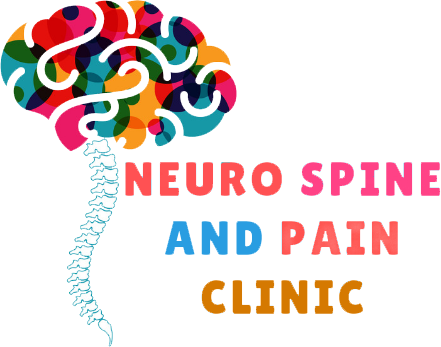What is a Neuroendoscopy?
Neuroendoscopy is a minimally-invasive surgical procedure in which the neurosurgeon removes the tumor through small holes in the skull or through the mouth or nose. Dr Abhinav Gupta has been trained at University of Chicago, USA in Neuroendoscopy and is the best neurosurgeon in Delhi NCR for Neuroendoscopy.
Neuroendoscopy enables neurosurgeons to:
- Access areas of the brain that cannot be reached with traditional surgery
- Remove the tumor without cutting or harming other parts of the skull
Neuroendoscopy is performed using an endoscope, a small telescope-like device equipped with a high-resolution video camera and eye piece on the end to allow the neurosurgeon to navigate and access the tumor. To remove a tumor or take a sample of it (a biopsy), neurosurgeons attach special instruments to the endoscope, often an additional endoscope with forceps and scissors on the end.
Benefits of Neuroendoscopy:
- Less pain than traditional surgery
- Faster recovery than traditional surgery
- Minimal scarring
Types of brain tumors treated with Neuroendoscopy:
Brain tumors that may be treated with neuroendoscopy include:
- Pineal region tumors
- Pituitary tumors
- Rathke’s cleft cysts
- Skull base tumors
- Ventricular tumors
Skull base tumors are not a particular type of brain tumor but those that grow in a particular location: the bones of the skull that form the bottom of the head and the bony ridge behind the nose and eyes. Skull base tumors may be one of several different types.
To make an appointment or request a consultation, contact the Dr Abhinav Gupta’s Neuro Spine and Pain clinic at 9891040215 or visit us at www.neurospineandpain.com
The skull is composed of the bones and cartilages that form the face and the cranium, which surrounds the brain. The skull base is a crowded and complicated area as it has different opening that has multiple things like spinal cord, blood vessels and nerves all of them passing through.
Skull base surgery may be done for eradicate both types of tumor benevolent and cancerous growth, and abnormalities on the underside of the brain, the skull base, or the top two vertebrae of the spinal cord. It’s a very difficult area to reach and do the surgery. Therefore skull based surgery is done by minimally invasive endoscopic procedure. In this procedure, the instruments are inserted into the body through the natural openings in the skull which could be nose, mouth, or making a small hole just above the eyebrow. However in certain situation open surgical skull base approach(Craniectomy) has done.
This type of surgery requires the presence of the team of specialist that includes ENT (ear, nose, and throat) surgeon, neurosurgeon and also a radiologist.
These are some of the growth and conditions that may be treated by skull based surgery:
Cysts that develop from birth
Growth caused by infections
Pituitary tumors which is present behind the nose and eyes
Meningiomas this tumor also if benign and row from the meninges, the tissue that covers the brain and lies between brain and skull
Chordomas, this is a slow growing tumor often found at the base of the skull
Cerebrospinal fluid fistulas
Cerebral aneurysm, it is the bulging area in a blood vessel in the brain
Arteriovenous malformations, these are the arteries and veins which are abnormally connected to one another
Types of skull base surgery
The basic ways are two in which skull base surgery can be performed. However the preferred method is always endoscopic. The second method is open surgery. The surgery to be conducted largely depends upon the type of growth that needs to be removed and its location.
Endoscopic or minimal invasive skull base surgery
This type of surgery in generally does not require a large incision on the body. An ENT surgeon makes hole inside the nose to allow a neurosurgeon to eradicate a growth through a thin light weighted tube called endoscope. The radiology specialist will take the images of the skull using magnets and computer while the surgery is being conducted by the specialist. The radiology specialist makes sure that all the growth has been removed while surgery.
Traditional or open skull base surgery
This type of surgery may require incision from facial area as well as in the skull. For this type of surgery operating room microscope is used.
Symptoms:
There are many possible symptoms from the growth or the abnormality that has developed in the skull base. Symptoms may depend on size, type and location of the growth. It may include following:
Facial pain
Headache
Dizziness
Visual problems
Numbness
Weakness of the face
Hearing loss or ringing in the ears
Nasal congestion or frequent sinus infections
Treatment
In addition to endoscopic and open skull base surgery these treatments may be needed depending on the type of growth or abnormality of the skull base
Chemotherapy
Radiation therapy
Gamma knifeProton beam therapy Skull Base Tumors and Condition

Recent Comments